Presidents: James Knox Polk
President James K. Polk State Historic Site, Pineville, North Carolina
Visited in 2011.
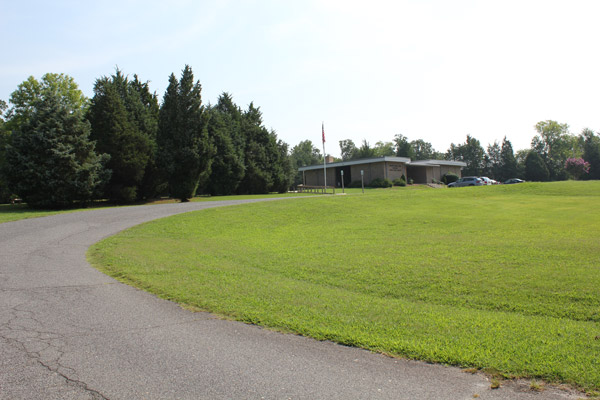
Today we're gonna party like it's 1795. Rolling up on the historic site.
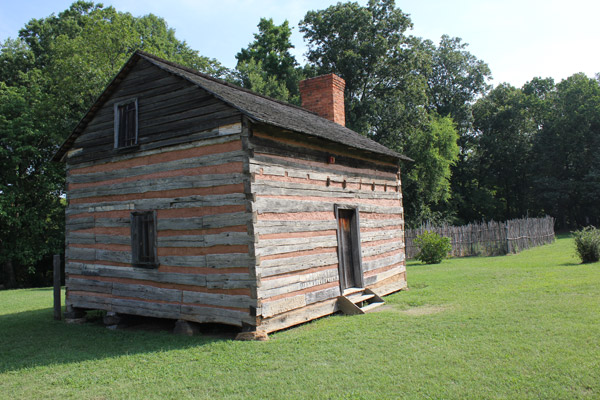
A replica cabin. Yes, it's a replica, but you can still feel the luxury.
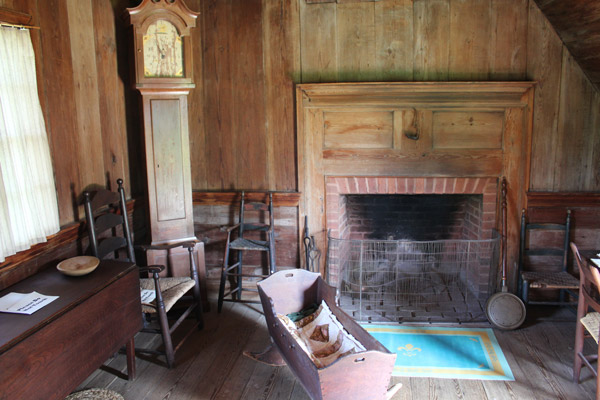
Some best guesses as to what the Polk home looked like.
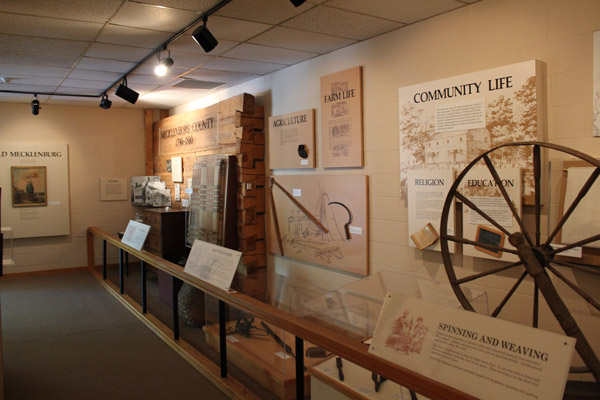
And is there a museum? YOU KNOW THERE IS.
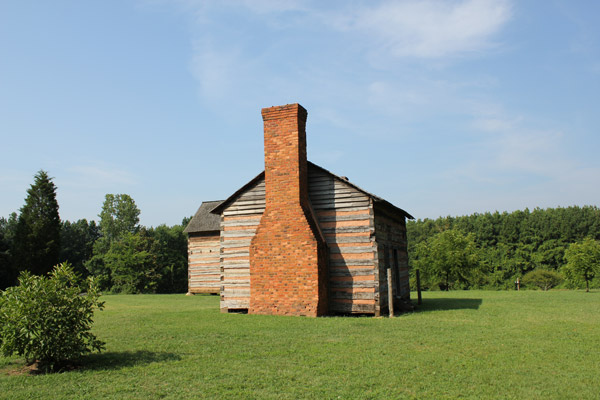
Another view of the replica structures, because why not?
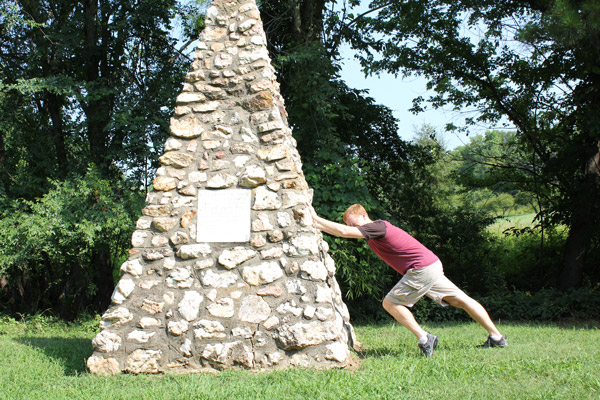
Interacting with the DAR's birthplace marker.
Before there was a California, there was simply Manifest Destiny: the mysterious force that on a winter's night in 1795 compelled Samuel Polk to plow his wife like a cotton field. And so God's plan for Disney on both coasts was set in motion. Nine months later in Mecklenburg County, N.C., future president James K. Polk sprang from his mother's loins. A lot of people sprang from her loins over the years -- James was the first of 10 -- and they did so in cabins that were very, very classy.
You can't see the actual birthplace anymore. Time makes fools of us all, especially if we're made of wood. The manifest destiny of log cabin birthplaces is rotting to oblivion. For a big chunk of the 20th century, the only thing marking the birth site was a fine ... uh, pyramid thingy from the Daughters of the American Revolution.
But today there's a full-fledged historic site! They have some top-notch replica structures, and a museum, and a visitors center, and a demonstration garden. There's a nice little cemetery where Polk's grandmother happens to be resting.
And most importantly, there are people on a mission, to let you know what life was like for the future president. The Polks had a pleasant upper-middle-class dwelling for the time and region. Samuel had some land, some slaves, and one of the only cotton gins in the neighborhood. That level of prosperity was enough to get you a two-room log hut, a barn and a separate log kitchen. (Times have changed, and going by the Motel 6 I stayed in the night before visting, that would now qualify only as a middle-class dwelling for the Charlotte region.)
For young James, there was (positive) character-building farm work, and (negative) character-building exposure to slavery, and the standard home schooling. But were there any telling episodes which chiseled the man who would besmite Mexico and spread our great land from sea to shining sea?
Well, the story goes that one day James plowed a field, but stopped short of a nearby stream. "Father, it is too difficult to go all the way to the water's edge," he said. And so Samuel horsewhipped him and rubbed his face on the cotton gin. "DO NOT STOP UNTIL YOU GET TO THE WATER!" he screamed.
Which is to say, I made that up and there are no stories. The Polks pulled up stakes and headed to Tennessee when James was 10. James came back to attend UNC, and he was the starting point guard for the 1817 ACC championship team. But his fortunes are more closely tied to the Volunteer State, where he became a protege of its greatest political hero -- who was also from North Carolina. Maybe. You'll have to read the Andrew Jackson writeups for the rest of that story.
President James K. Polk State Historic Site, Pineville, North Carolina
Visited in 2007.
For anyone who thinks their job is killing them, consider this: James K. Polk went into the White House as the youngest president ever (49), and he died 103 days after leaving office, having worked himself to death.
But the man got results! The folks at the Polk ancestral home in Columbia, Tennessee, bill Jimmy the K as the only president to fulfill all his campaign promises: 1) Annexation of Texas, 2) Acquisition of the Oregon Territory, 3) Never faking the funk on a nasty dunk, 4) Capturing California as a homeland for the nation's beautiful people.
He doubled the size of the country under the banner of Manifest Destiny, the charming 19th century belief that God really wanted the United States to cover all of North America. Why would God want this? The same reason that he hated Indian tribes: he's arbitrary. No one campaigns on platforms this enjoyable anymore, and that is why the present is boring.
Polk was the oldest of 10 children of North Carolina farmer/surveyor. His dad moved the clan to Tennessee when James was 10. He was a sickly kid -- he had bad problems with urinary stones until the age of 17, when they were removed by a Kentucky surgeon during a procedure that involved no anesthesia. As a result, he didn't do much farming, and instead went the bookish route. He went to UNC for a few years, read law in Nashville and then became a lawyer in Columbia, where his family had settled.
At 27 he was elected to the Tennessee Legislature, then at 29 he bounced over to the U.S. House of Representatives. After 14 years there (including 4 as Speaker -- he's the only Speaker who became President) he went home, got elected governor for a term, and then proceeded to lose that job to a Whig. But he stayed tight with fellow Tennessean and Democrat Andrew Jackson, who backdoored him into the presidential nomination at the 1844 convention, even though Polk had been out of office for a few years. Next thing you know, he's President, and after four years, America is twice as big.
And it's all thanks to urinary stones. Sort of.
The ancestral home isn't really Polk's house as much as the place he would have crashed when he was home on Spring Break. (Florida wasn't a state back then.) But it's the only surviving Polk residence other than the White House, so it gets to be the museum. In lieu of having an actual Polk house, they filled the ancestral home with all of his surviving furniture, plus there's a cute museum in the house next door which has some personal effects. It's all a touch underwhelming for a guy who was probably in the presidential top 10 as far as historical importance, but it ain't bad for what it is. If you're ever in Columbia ... uh, why are you in Columbia, exactly?
Polk's Grave, Nashville, Tennessee
Visited in 2013.
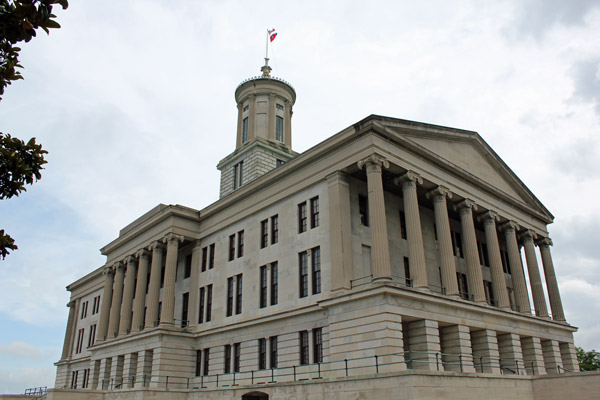
Where all important laws on hot chicken are passed.
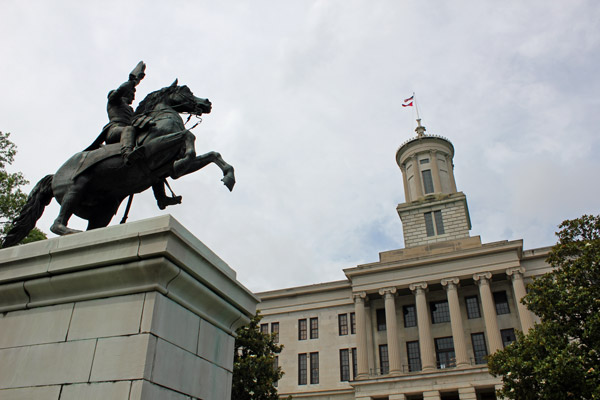
The Andrew Jackson statue, overlooking Jackson's hometown.
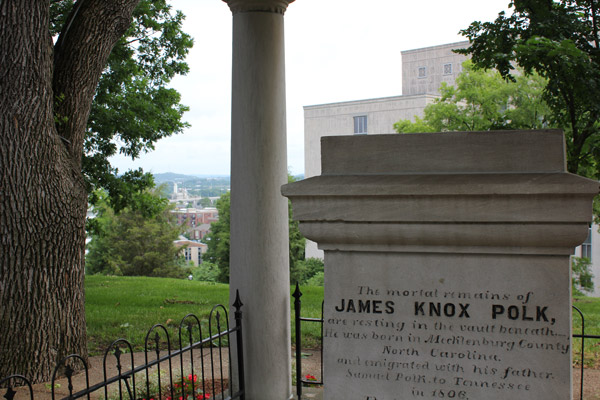
A close-up of Polk's grave marker.
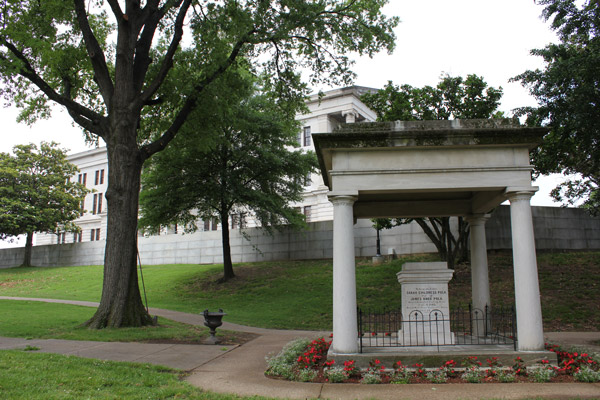
Polk's post-mortem pagoda. Capitol in the background.
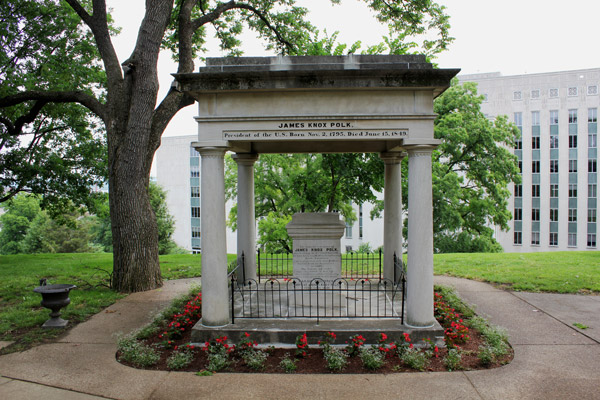
Polk's grave, this time with the outward facing view.
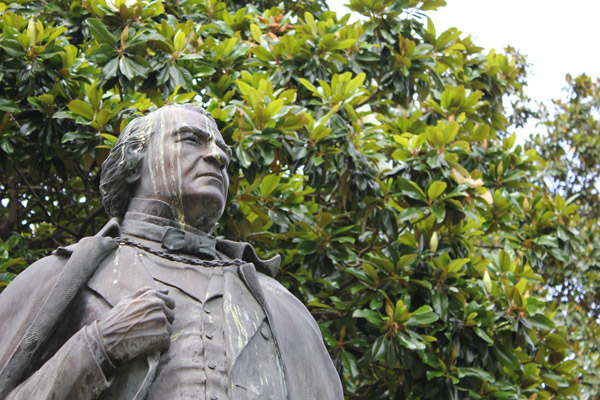
Andrew Johnson's statue is clearly for the birds.
James Polk spent his presidency in service to God's will, helping the nation realize its manifest destiny of owning Texas and California. God had a different destiny in mind for Polk. Even though Polk had rendered such faithful service to both America and the lord, he died in 1849.
God can be such an ingrate. Polk didn't even make it four months after leaving the White House; he was felled by cholera, which a polite way of saying that diarrhea killed him. The man who led our glorious whupping of Mexico died of Montezuma's revenge. God can also be a morbidly poetic jerk.
At least Polk got to die at home. He had purchased the Nashville residence of Felix Grundy, one of his political mentors (and Andrew Jackson's attorney general). He renamed it "Polk Place" -- not to be confused with the popular 1850s Nashville gentleman's club of the same name. Leaving D.C. in March, he got to Tennessee in April, which gave him two great months of intestinal distress in his freshly decorated mansion. Sarah Polk got to enjoy the place a little bit longer; she died in 1891 at age 87.
You can't see Polk Place, except in old photographs; it was demolished before the dawn of the 20th century. They did relocate its most endearing feature, however: As you can clearly see in old photos, Polk's grave was on the front yard. Nothing says "welcome, visitors" quite like putting your dead husband out by the curb.
Polk's body therefore went on a bit of a journey long after Polk had ended his personal voyage. He was moved from his original grave to Polk Place about a year after his death, and in 1893 he was moved again -- to the grounds of the Tennessee State Capitol, right in the middle of downtown Nashville.
That's where you can visit him today. Coming straight from the Lincoln Birthplace, I tore down the highway to the heart of Tennessee, about two hours away. I haven't been to the former site of Polk Place, but I have to think the capitol is an upgrade, in terms of a final resting place. Nashville's version of Capitol Hill is ridiculously steep, with the actual Capitol facing out on a wonderful view of the less-economically-viable portions of the city. It is an impressive building, and if you have to be dead, you might as well be dead in a very classy location. I had to do a lap around the building to find Polk, but along the way I got to see statues of Tennessee's other presidents, Andrew Jackson and Andrew Johnson. Jackson's is a nice equestrian sculpture, whereas Johnson is simply standing on a podium, low enough to the ground that you can see how his face has been shellacked by birds (who, from the looks of it, also had cholera).
The monument to James and Sarah is a simple stone canopy covering a squat rectangular column; it has a little narrative engraved on it to tell you who you're looking at. There are flowers planted in a ring around the base. There are fancier presidential graves, but at the end of the day Polk wasn't a fancy guy. And really, there aren't many other locations where you can experience Polk. His birthplace in North Carolina is just a replica cabin, and he barely lived at the Polk "ancestral home" in Columbia, Tenn. His grave is the best of the lot. It remains his only legacy.
Well, that and Texas, all the southwestern states, California, and the Pacific Northwest. Just those few things.
P.S. -- There's a movement under way to move Polk's grave to Columbia, Tenn. So it's totally not my fault if this entry becomes inaccurate in the future.
